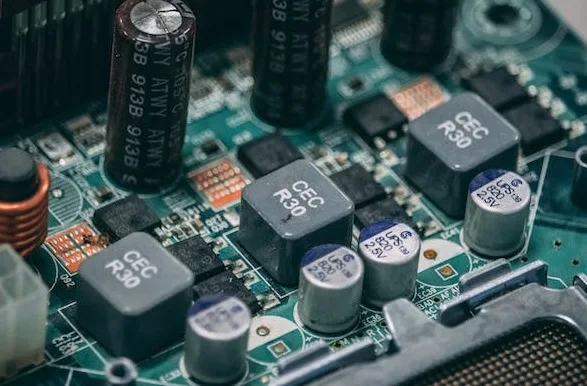What are Semiconductor Devices?
Semiconductor devices are electronic components that use semiconductors to control the flow of electric current. These devices have become an essential part of modern technology, as they are used in everything from computers and smartphones to cars and home appliances. In this article, we will explore the world of semiconductor devices, how they work, and their various types.
What are Semiconductors?
A semiconductor is a material with electrical conductivity between a conductor and an insulator. This means that it can conduct electricity under certain conditions, while under other conditions, it cannot. The most commonly used semiconductor material is silicon, which is abundant and has excellent semiconductor properties.
How do Semiconductor Devices Work?
Semiconductor devices work by manipulating the electrical properties of semiconductors. By doping, or adding impurities to a semiconductor material, we can create either a surplus of negatively charged electrons or a deficit of positively charged holes. When a voltage is applied to a semiconductor with an excess of electrons (known as an n-type semiconductor), current flows easily. In contrast, current does not flow easily when a voltage is applied to a semiconductor with a deficit of electrons (known as a p-type semiconductor). By combining these two types of semiconductors, we can create p-n junctions, which are the basic building blocks of many semiconductor devices.
Types of Semiconductor Devices
There are many types of semiconductor devices, each with its own unique properties and applications. Here are some of the most common types:
Diodes
A diode is a two-terminal device that allows current to flow in only one direction. It is made up of a p-n junction, which creates a potential barrier that prevents current from flowing in the opposite direction. Diodes are commonly used in rectifiers, which convert alternating current (AC) to direct current (DC).
Transistors
A transistor is a three-terminal device that can amplify or switch electronic signals. It is made up of two p-n junctions, which are connected to a metal or semiconductor electrode called the gate. By applying a voltage to the gate, we can control the flow of current between the other two terminals. Transistors are commonly used in amplifiers, oscillators, and digital logic circuits.
Integrated Circuits
An integrated circuit (IC) is a complex device that contains multiple transistors, diodes, and other components on a single chip of silicon. ICs can perform many functions, including processing, storage, and communication. They are commonly used in microprocessors, memory chips, and communication devices.
Light-Emitting Diodes
A light-emitting diode (LED) is a type of diode that emits light when a voltage is applied to it. LEDs are commonly used in lighting, displays, and indicators.
Photovoltaic Cells
A photovoltaic cell is a semiconductor device that converts light into electrical energy. It is made up of a p-n junction that generates a voltage when exposed to light. Photovoltaic cells are commonly used in solar panels, which convert sunlight into electricity.
Applications of Semiconductor Devices
Semiconductor devices have countless applications in modern technology. Here are some examples:
Computers
Semiconductor devices are used extensively in computers, from the microprocessors that power them to the memory chips that store data.
Smartphones
Semiconductor devices are also used in smartphones, where they perform functions such as processing, communication, and sensing.
Automotive
Semiconductor devices are used in many automotive applications, including engine management, entertainment systems, and safety features.
Home Appliances
Semiconductor devices are used in many home appliances, such as refrigerators.
Air Conditioning
Semiconductor devices are used in air conditioning units, where they control the flow of refrigerant and adjust the temperature.
Medical Equipment
Semiconductor devices are used in medical equipment, such as MRI machines, pacemakers, and insulin pumps.
Advantages and Disadvantages of Semiconductor Devices
Semiconductor devices have many advantages over other types of electronic components. They are small, lightweight, and consume less power than traditional vacuum tubes. They are also reliable and have a long lifespan. However, semiconductor devices also have some disadvantages. They are sensitive to temperature and voltage fluctuations and can be damaged by electrostatic discharge.
Future of Semiconductor Devices
The future of semiconductor devices is bright, as new materials and technologies are being developed that promise to further improve their performance and capabilities. One promising area of research is in the development of new materials, such as gallium nitride and silicon carbide, that offer superior properties to silicon. Another area of research is in the development of new fabrication techniques, such as 3D printing and nanotechnology.
Conclusion
In conclusion, semiconductor devices have become an integral part of modern technology, powering everything from smartphones to supercomputers. Understanding the physics behind these devices is essential for anyone pursuing a career in electrical engineering or related fields. Testbook is a government job preparation site that provides a comprehensive platform for learning physics topics, including semiconductor physics, through its online courses and study materials. With their user-friendly interface and expert guidance.
